Anti Simon Commission Upsurge, Nehru Report & Demand for Purna Swaraj
by Devender
0 2791
Lord Irwin became the viceroy of India in 1926 and stayed till 1931. He appointed the Simon Commission in 1928 and passed the resolution for complete independence (purna swaraj) in 1929. During his time period, the Civil Disobedience movement was launched, First Around Table Conference was held in 1930 and Gandhi-Irwin Pact was signed in 1931.
Anti Simon Commission Upsurge
There was a widespread protest against the appointment of a 7 member Indian Statutory Commission which had all 7 white members. It was known as Simon Commission named after its chairman Sir John Simon on November 8, 1927. People were not happy that this commission had no Indian members and moreover all the members were white.
Lord Birkenhead talked about the Indian inability to formulate a concrete scheme of constitutional reforms which had the support of all sections of Indian politics. This was the main reason for the formation of the Simon Commission.
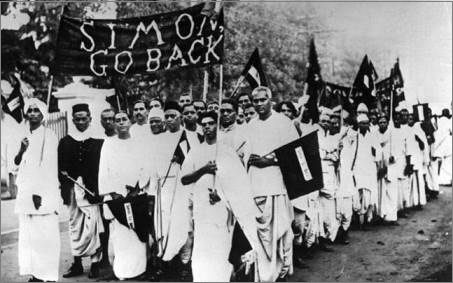
- The commission had to recommend to the government whether India is ready for constitutional reforms or not and if yes so on what grounds
- Indians were angry because of the exclusion of Indians from the commission
- It meant that foreigners would discuss and decide upon India’s fitness for self-government
- The Madras session of Congress in December 1927 was held under the presidency of M A Ansari, where it was decided to boycott the commission at every stage and in every form
- At the same time, Nehru succeeded in getting a snap resolution passed at the session, declaring complete independence as the goal of the Congress
- The commission came to India on February 3, 1928
- On the day, rallies and hartal were carried out countrywide
- Wherever the commission went, people held rallies, showed black flags, and shouted slogans of "Simon Go Back"
- By August 1928, the report was finalized
- The recommendations of the Nehru Committee were unanimous except in one respect
- While the majority favored the "dominion status" as the basis of the Constitution, a section of it wanted "complete independence" as the basis
- With the majority section giving the latter section, liberty of action
- Major Recommendations of Nehru Report:
- Linguistic provinces
- Nineteen fundamental rights including equal rights for women, the right to form unions, and universal adult suffrage
- Full responsible government at the center along with Autonomy to the provinces
- A bicameral legislature at the center, with Clear cut division of power between the center and provinces
- Full protection to cultural and religious interests of Muslims & Complete dissociation of state from religion
- Muslim demands in the draft constitution:
- joint electorates in place of separate electorates with reserved seats for Muslims
- one-third representation to Muslims in Central Legislative Assembly
- representation to Muslims in Punjab and Bengal in proportion to their population
- formation of three new Muslim majority provinces— Sindh, Baluchistan, and North-West Frontier Province
- Joint electorates proposed everywhere but reservation for Muslims only wherein minority
- Sindh to be detached from Bombay only after dominion status was granted and subject to weightage to Hindu minority in Sindh
- The political structure proposed was broadly unitary, as residual powers rested with the center
- Amendments Proposed by Jinnah:
- One-third representation to Muslims in the Central Legislature
- Reservation to Muslims in Bengal and Punjab legislatures proportionate to their population, till adult suffrage was established
- Residual powers to provinces
- Conclusion of Nehru Report:
- that the purpose of the Round Table Conferences (RTC), promised by Lord Irwin, should be to formulate a scheme for implementation of the dominion status
- that the Congress should have majority representation at the conference
- amnesty and a general policy of conciliation
- the Round Table Conferences to be boycotted
- Complete independence was declared as the aim of the Congress
- CWC authorized to launch a program of civil disobedience including non-payment of taxes and all members of legislatures asked to resign their seats
- He became the General Secretary of the INC in 1928 and its president in 1929
- The Independence resolution was passed in Congress under his presidentship
- He believed in the policy of non – alignment
The police came down heavily on the protestors and there were lathi charges which did not even spare the senior leaders. Lala Lajpat Rai received severe blows on his chest in October 1928 which proved fatal and he died on November 17, 1928.
The commission's report was published in May 1930 which stated that the constitutional experiment with Diarchy was unsuccessful and it recommended the establishment of autonomous government. This report became the basis for enacting the Government of India Act of 1935.
Nehru Report
To answer Lord Birkenhead’s challenge, an All Parties Conference was held in February 1928 where a subcommittee was formed under the leadership of Motilal Nehru aiming to draft a constitution. It was the first attempt by Indians to draft a constitutional framework for the country.
It demanded dominion status on lines of self-governing dominions as the form of government desired by Indians. It rejected the separate electorates which had been the basis of constitutional reforms so far, it demanded joint electorates with reservation of seats for Muslims at the center and in provinces where they were in minority in proportion to the Muslim population there with the right to contest additional seats and not in those areas, where Muslims are in majority such as Punjab and Bengal. Other demands were:
In December 1927, a huge number of Muslim leaders gathered in Delhi for the annual All India Muslim League conference and provided 4 proposals to be included in the Draft Constitution. These proposals which were accepted by the Madras session of the Congress came to be known as the Delhi Proposals which were as follow:
However, the Hindu Mahasabha was totally against the creation of new Muslim-majority provinces and reservation of seats for Muslim majorities in Punjab and Bengal as according to them, it would ensure Muslim control over legislatures in both. The concessions made in the Nehru Report to Hindu communalists included the following:
During the all-party conference, the All India Muslim League dissociated itself and stuck to its demand for reservation of seats for Muslims, especially in the Central Legislature and in Muslim majority provinces.
When the All Parties Conference was held at Calcutta in December 1928 to consider the Nehru Report, Jinnah on behalf of the Muslim league proposed three amendments which were:
When these demands were not added to the draft constitution, Jinnah went back to the Shafi faction of the Muslim League and in March 1929, he proposed 14 points which become the basis of all future propaganda of the Muslim League.
Not only Muslims, but the Hindu Mahasabha, the Sikh communalists, and the younger section of the Congress-led by Jawaharlal Nehru and Subhash Bose were also unhappy with the Nehru Report. The Younger section expressed their dissatisfaction with the dominion status as the goal of Congress, they wanted Congress to adapt purna swaraj or complete independence as its goal.
Delhi Manifesto
A conference of prominent national leaders issued a Delhi Manifesto on November 2, 1929, which demanded:
However, Lord Irwin rejected these demands on December 23, 1929. It led to the demand of Purna swaraj in the Lahore session of INC.
Lahore Congress Session and Purna Swaraj
Jawaharlal Nehru was nominated the president for the Lahore session of the Congress in December 1929. He had done more than anyone else to popularise the concept of Purna swaraj. Some very important decisions were taken in this session which were:
They also fixed January 26, 1930, as the first Independence Day which is to be celebrated everywhere. On December 31, 1929, the newly adopted tricolor flag of freedom was hoisted amidst slogans of Inquilab Zindabad at midnight on the banks of River Ravi and the declaration of purna swaraj was publicly issued was issued on January 26, 1930.
Nehru also appealed to volunteers across the country to join the civil disobedience movement. His 12 years old daughter, Indira was the first one to volunteer.
Jawahar Lal Nehru
He was born in Allahabad on Nov 14, 1889, and he became the first Prime Minister of Independent India and he was the Prime Minister of India from 1947 to 1964. He is known as the architect of Modern India.
He wrote books such as the Doctrine of Panchsheel. His other works are The Discovery of India, Glimpses of World History, A Bunch of Old Letters, The Unity of India, Independence and After, India and the World.

Share:

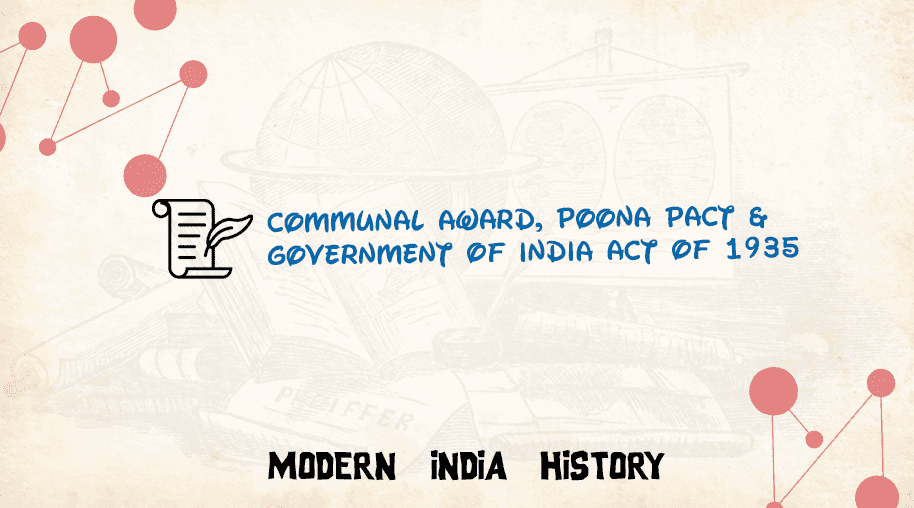
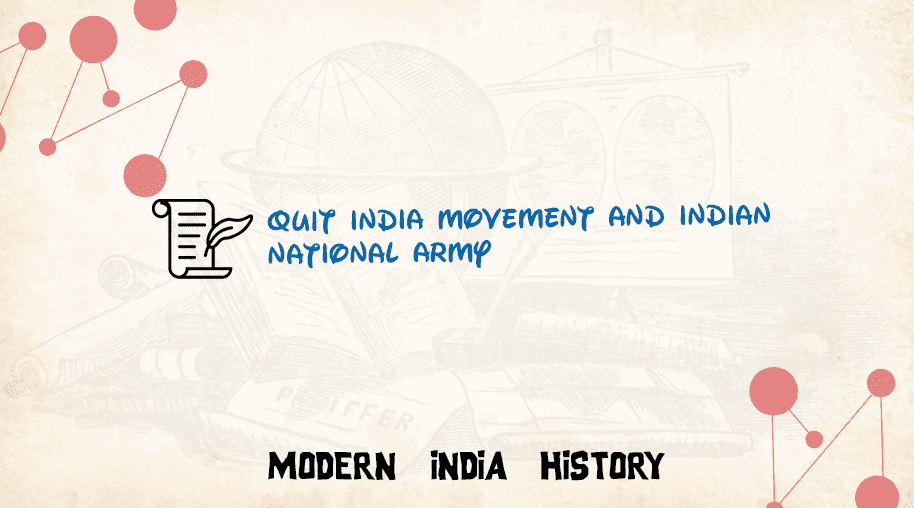
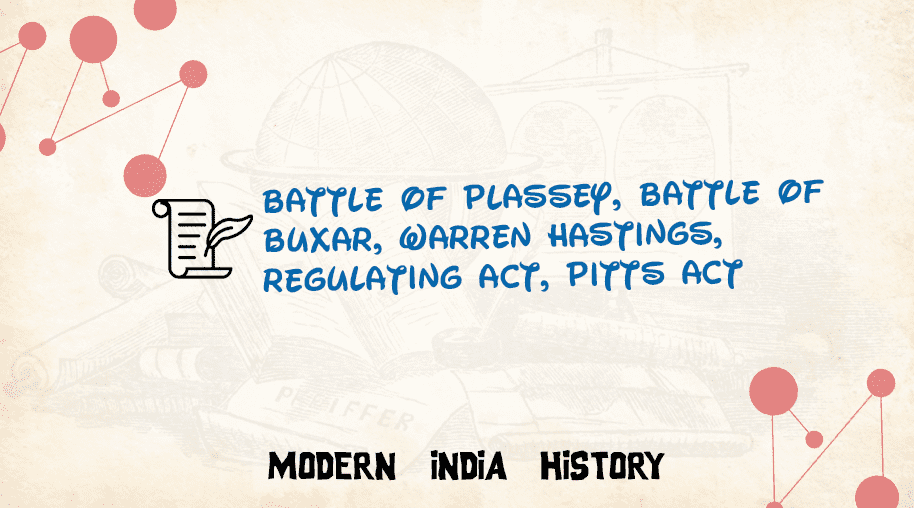
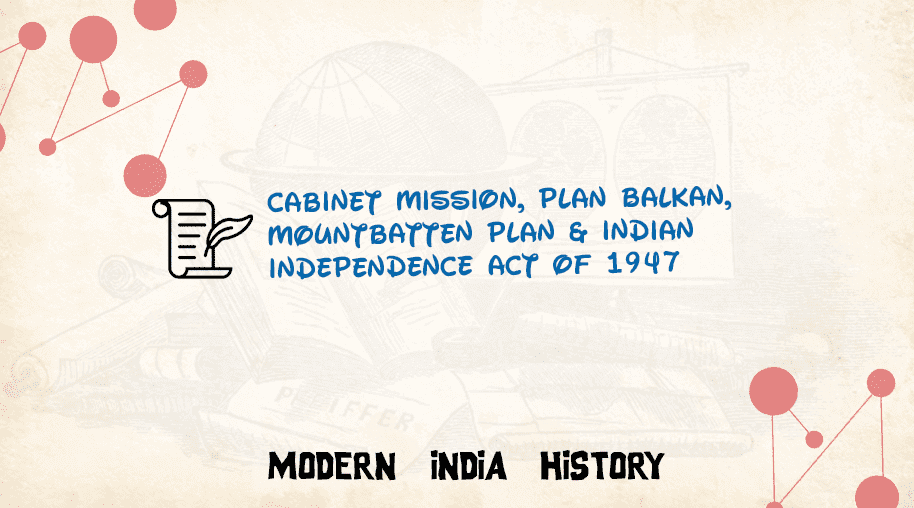


Comments
Waiting for your comments